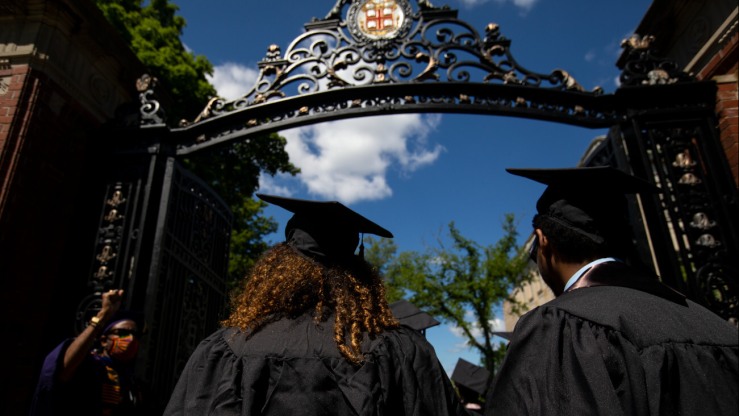When applying to most U.S. universities, the ability to pay tuition can influence the admissions decision. However, nine universities in the United States do not take an applicant’s financial situation into account. These institutions are Harvard, Yale, Princeton, MIT, Amherst, Dartmouth, Bowdoin, Brown, and Notre Dame. Each is ranked in the top 20 of national universities or liberal arts colleges in the 2025 US News rankings.
At these need-blind institutions, international students are assessed based on their qualifications and potential without financial status affecting their admission chances. Students from abroad are also considered for financial aid, which can range from $21,800 to $84,400 USD annually.
Harvard University is currently the most generous in terms of financial aid. At Yale, families earning less than $65,000 annually are eligible for an average of $84,200 in aid, while at MIT, the average support is over $76,800. At Notre Dame, students from families earning under $40,000 receive an average of $79,900 in financial assistance.
U.S. universities typically have two application rounds: Early Decision (with deadlines around November 15) and Regular Decision (with deadlines in December or January). Application packages often include transcripts, recommendation letters, essays, and details on academic and extracurricular achievements. The U.S. remains the top study destination for international students.
Last academic year, over one million international students from more than 200 countries were enrolled in the United States. Among them were 21,900 Vietnamese students, contributing an estimated $816 million USD to the U.S. economy. Nearly half (47.6%) of these students pursued degrees in STEM (Science, Technology, Engineering, and Mathematics) fields.






